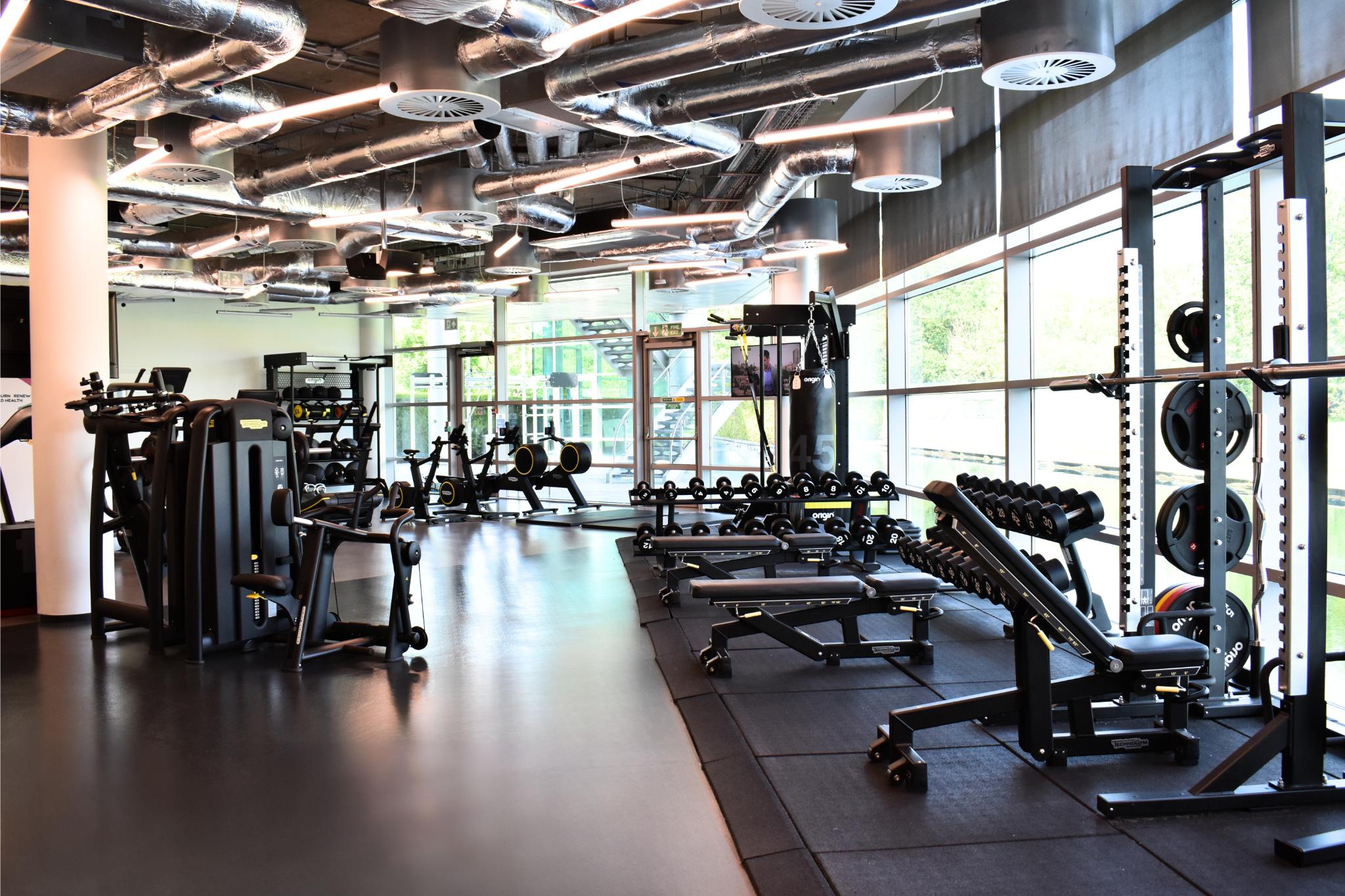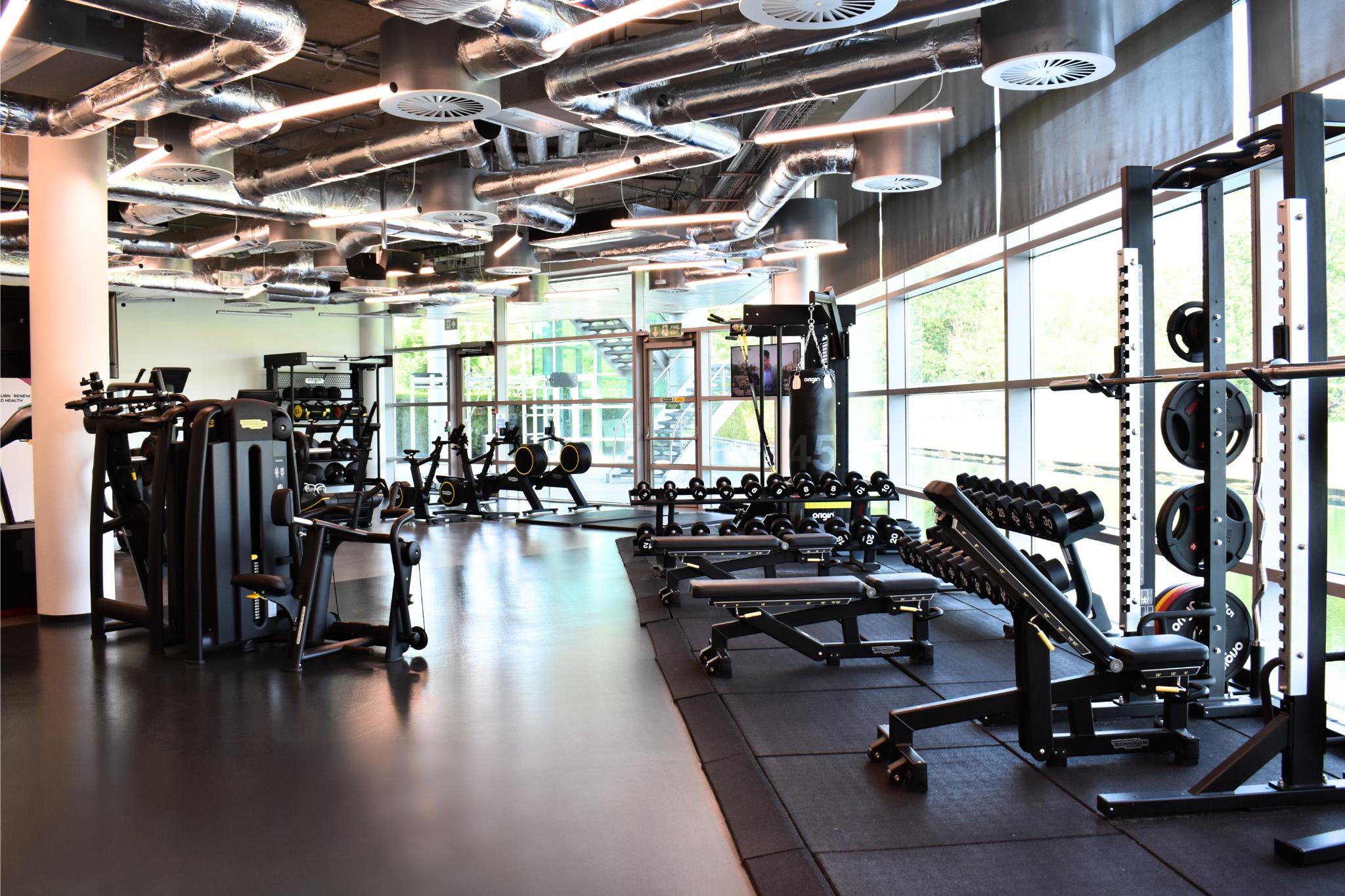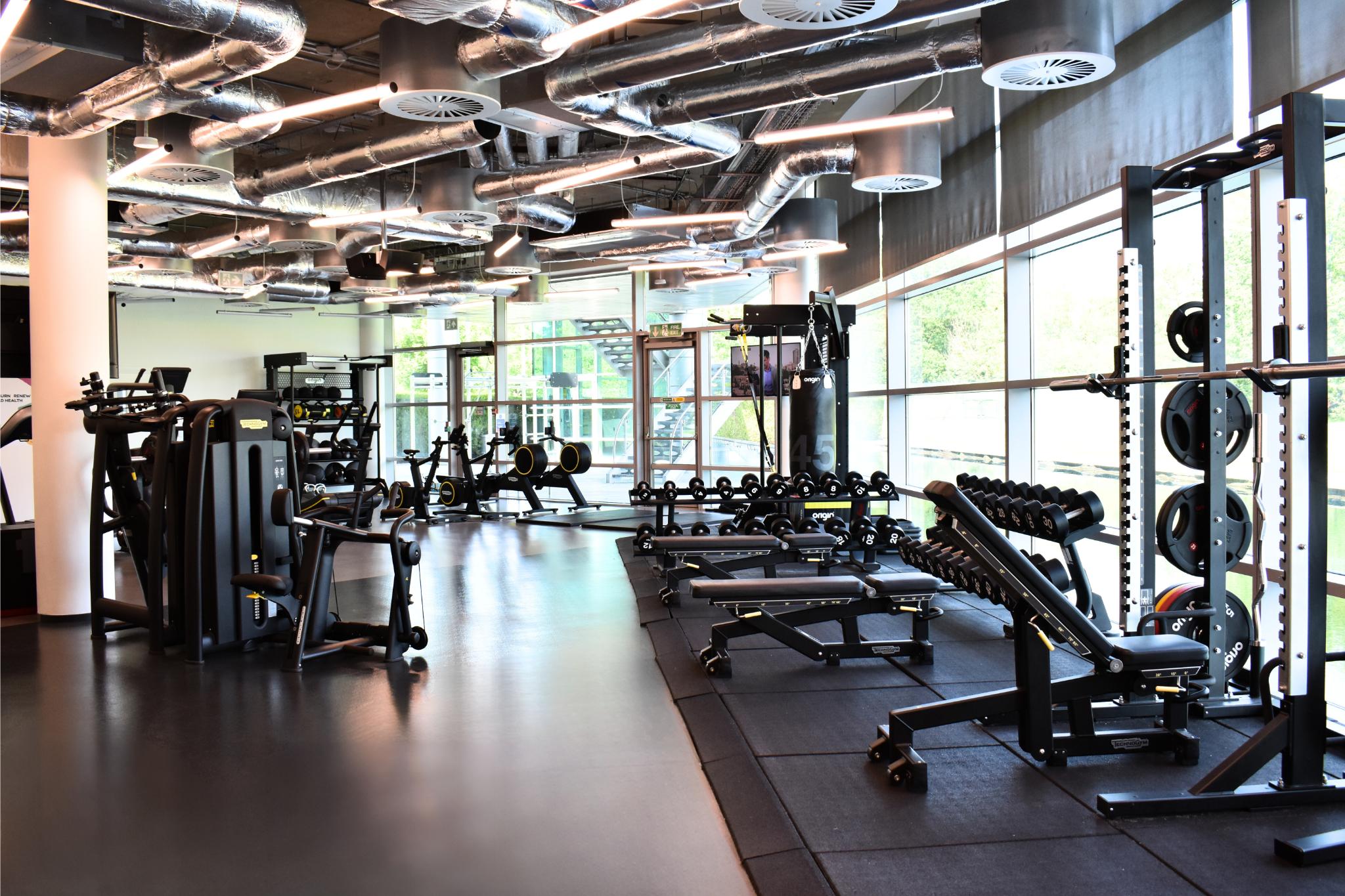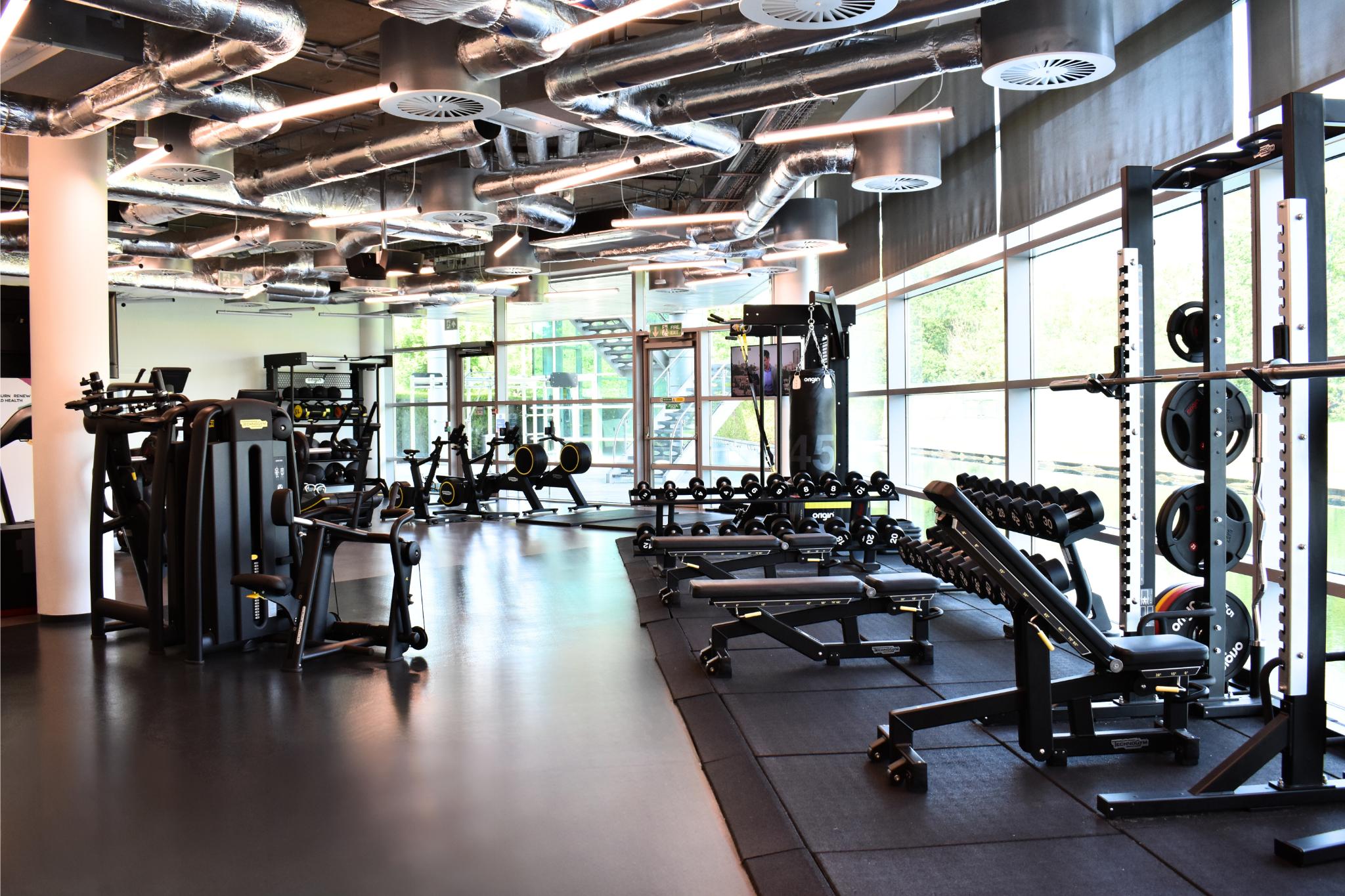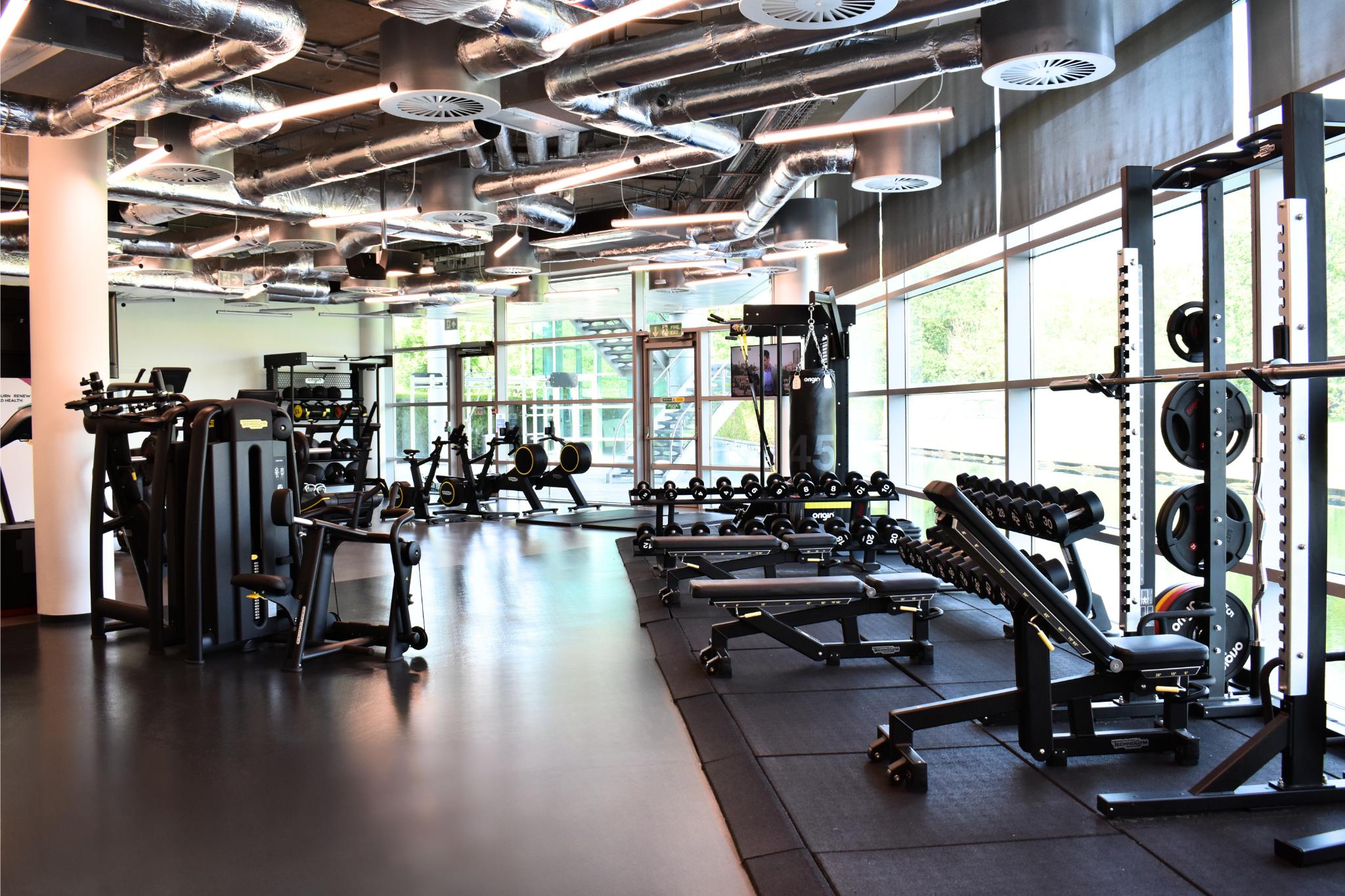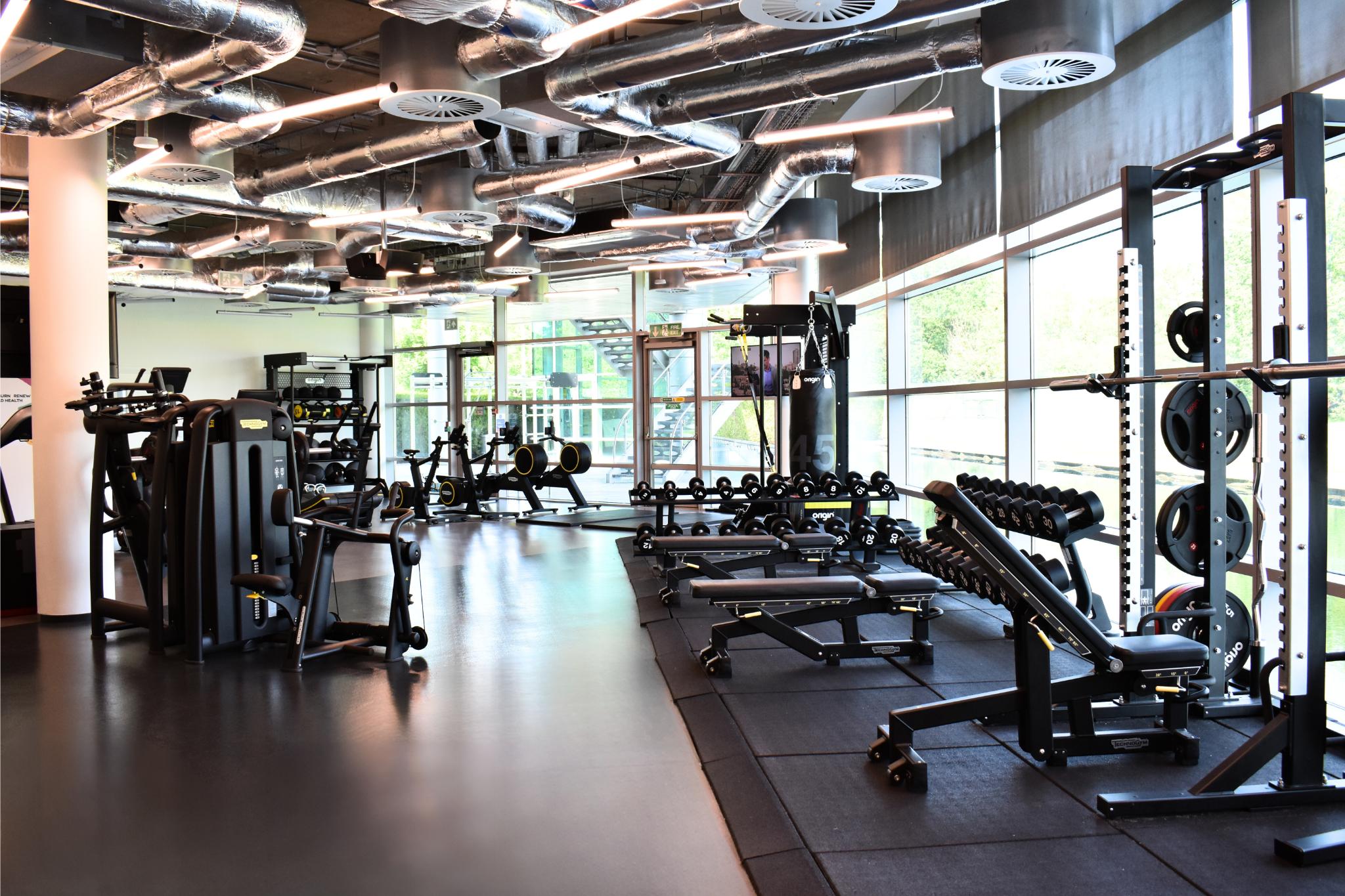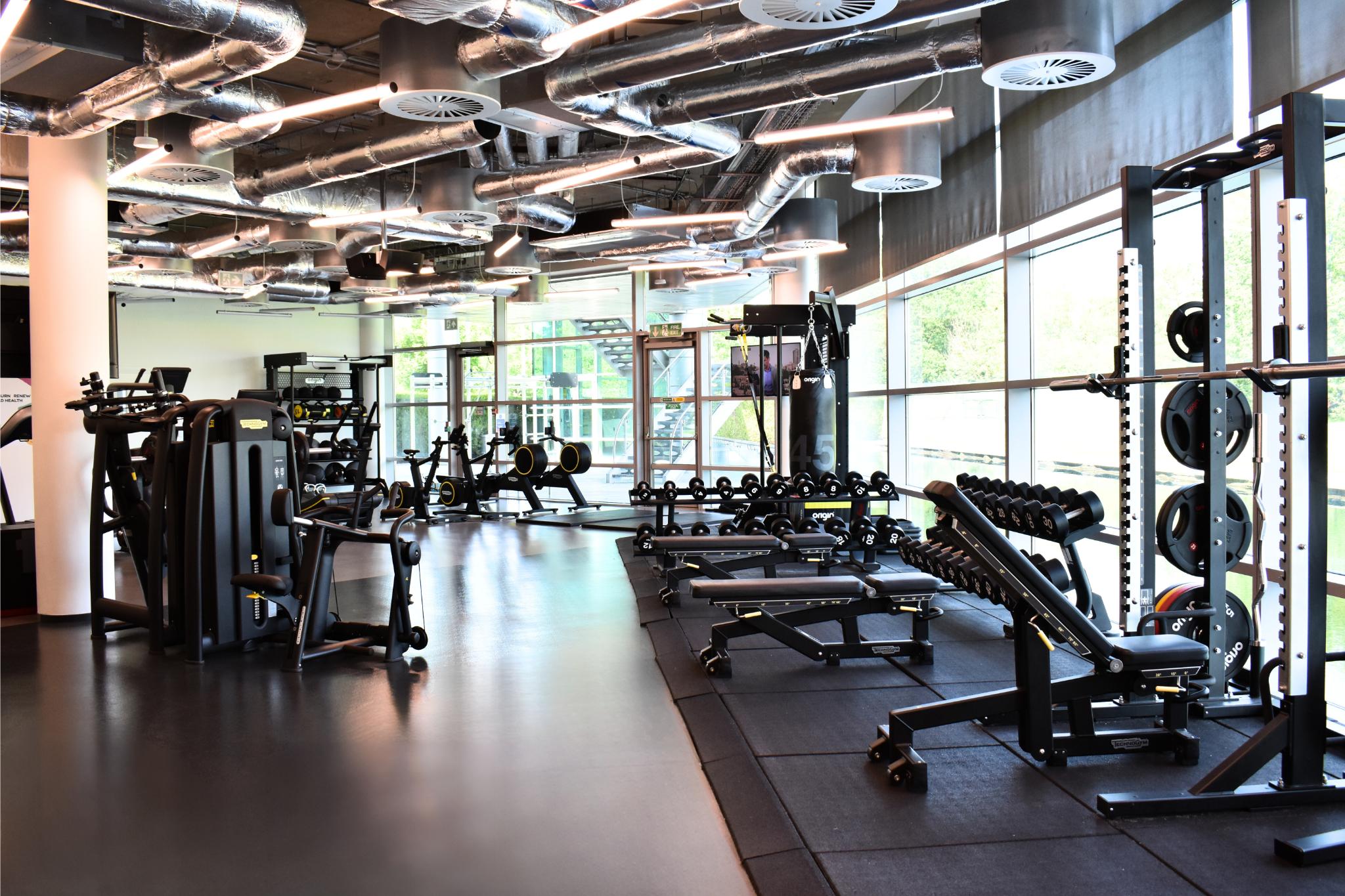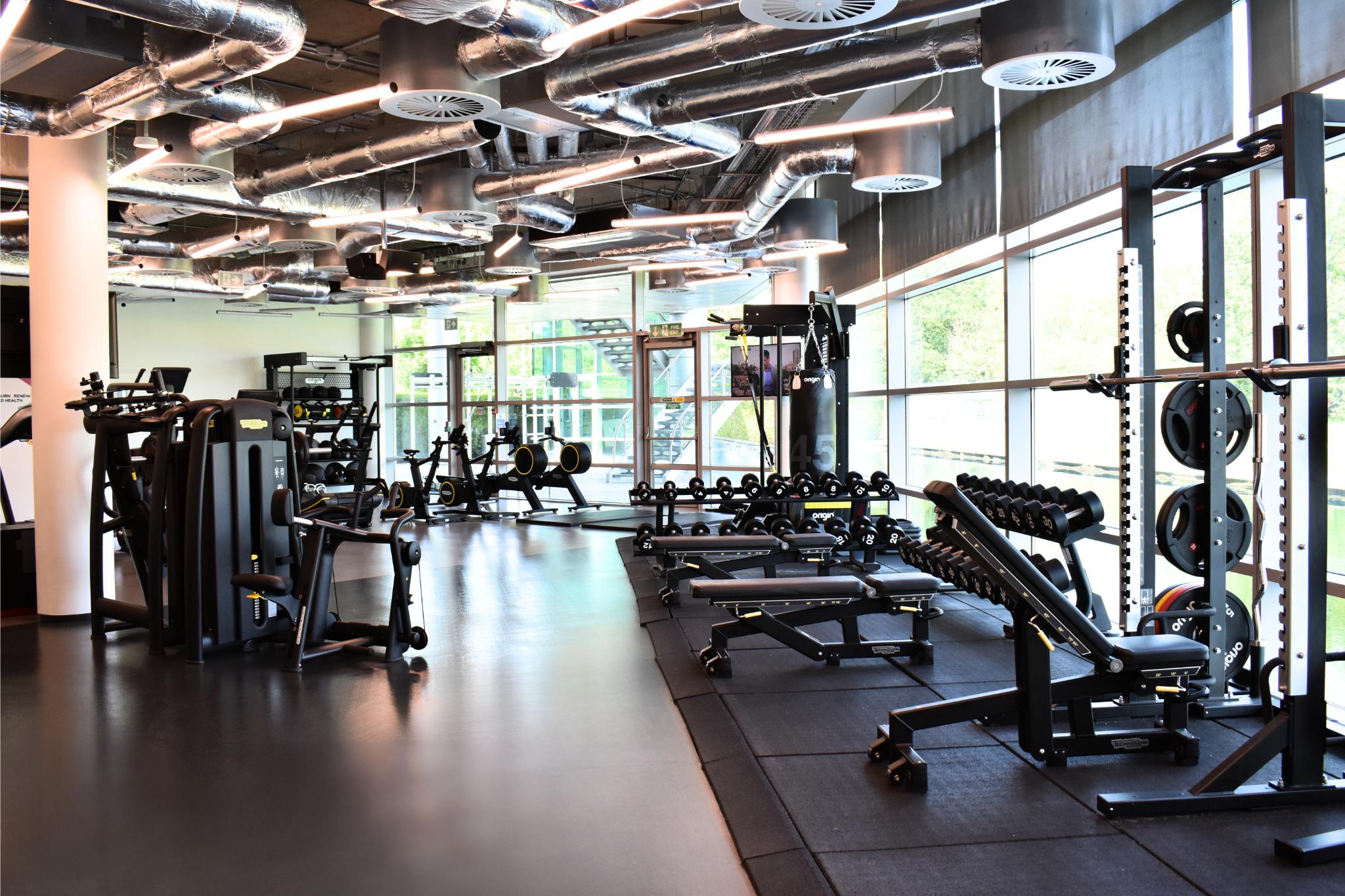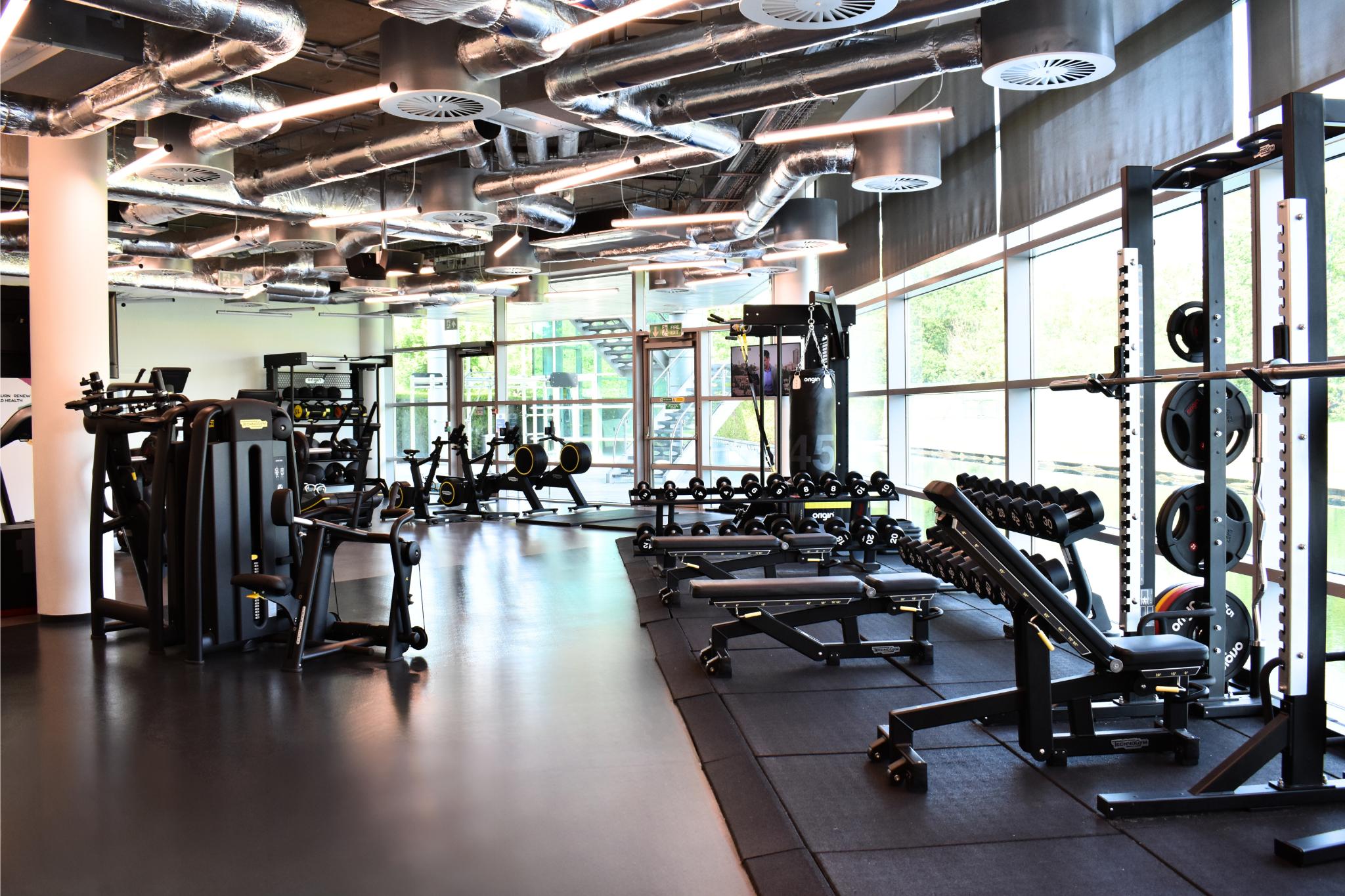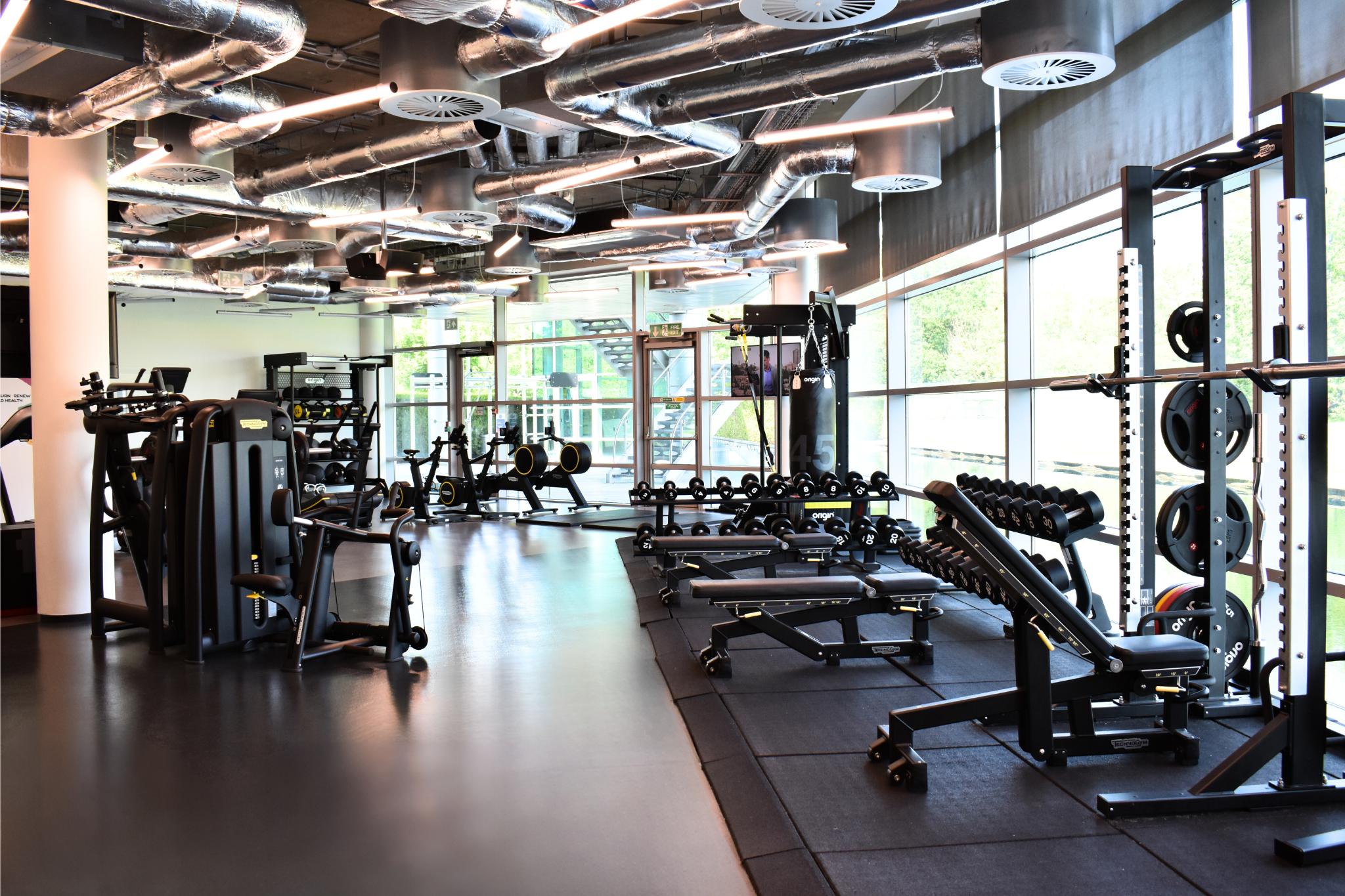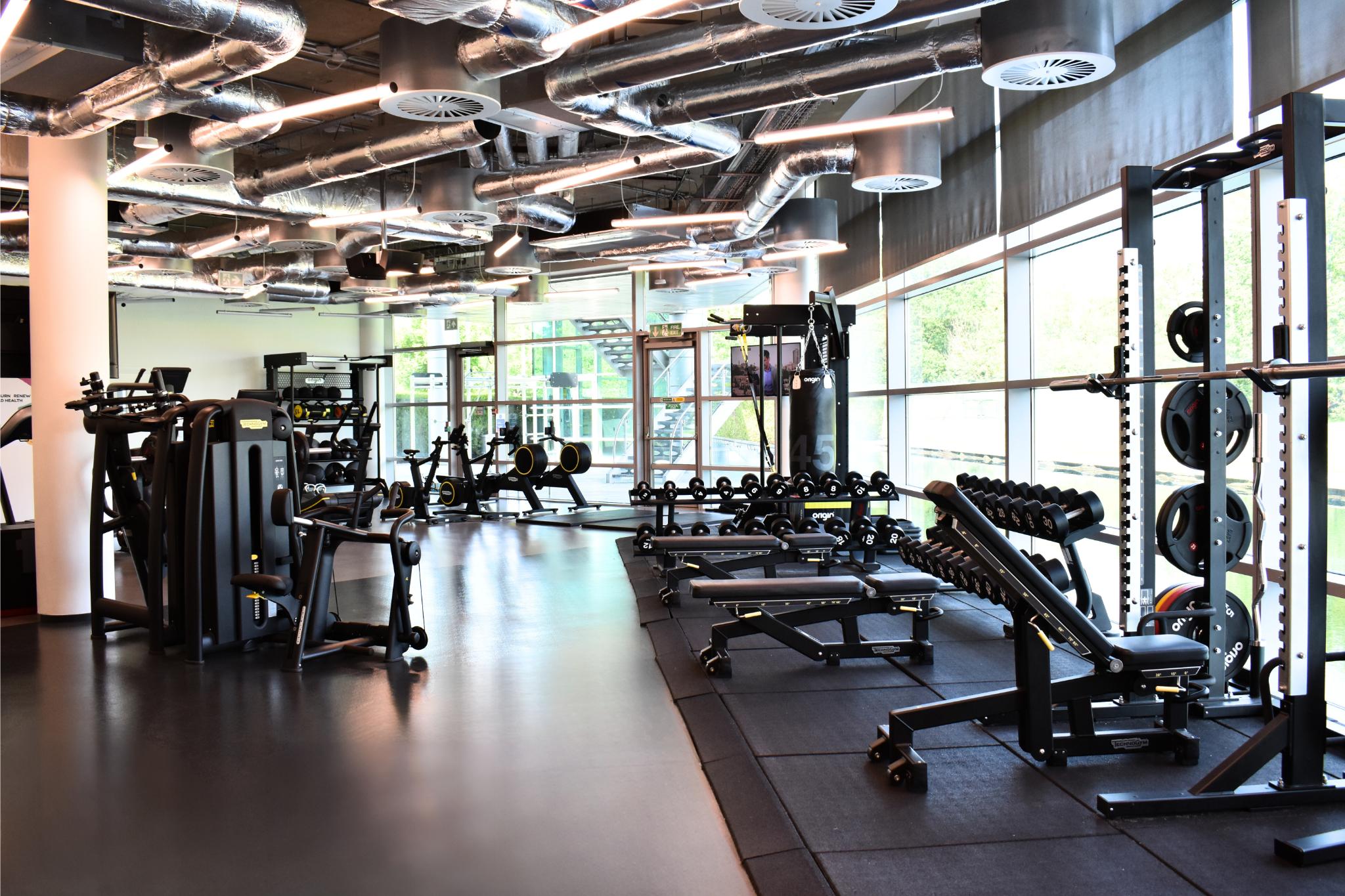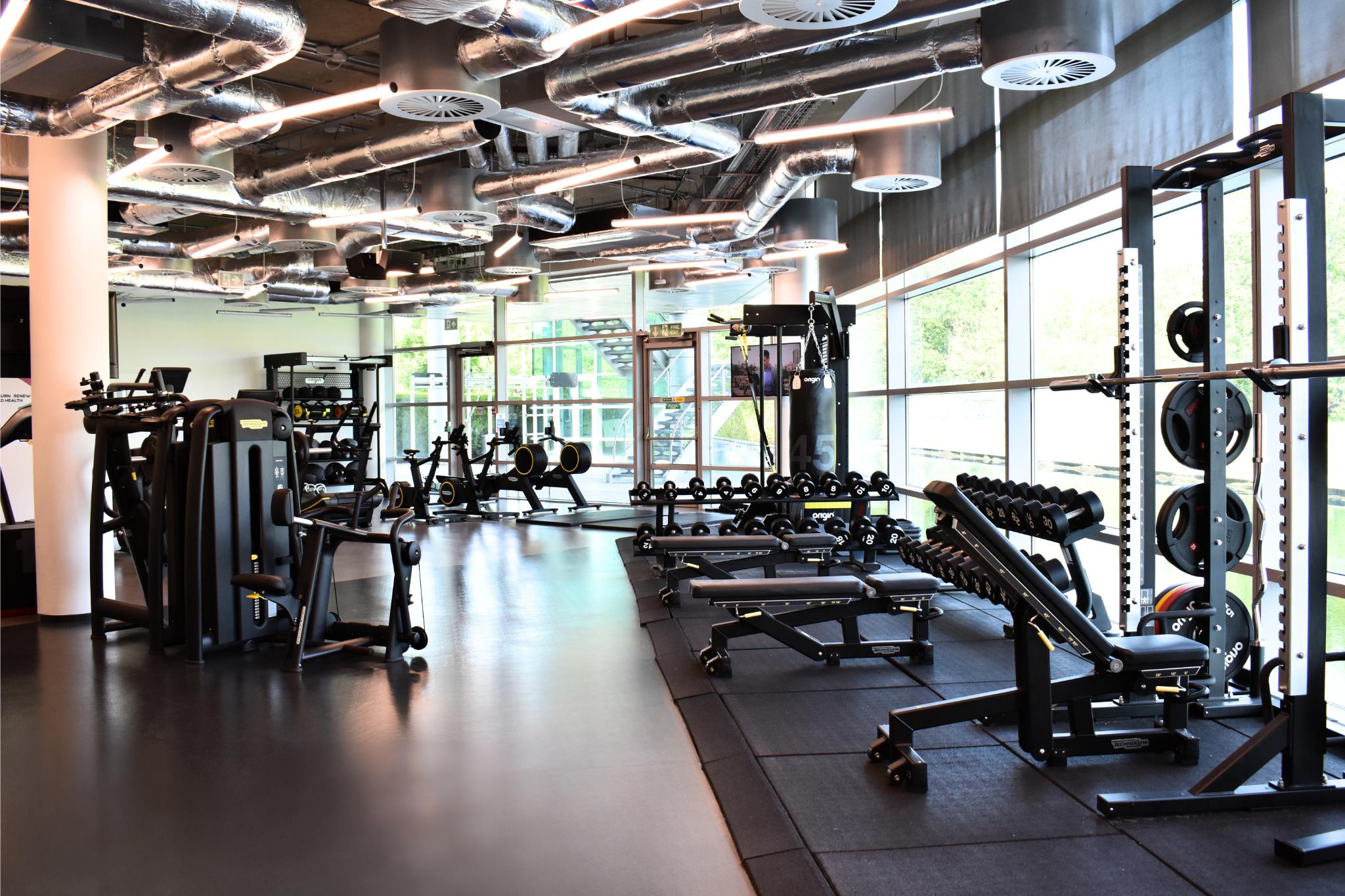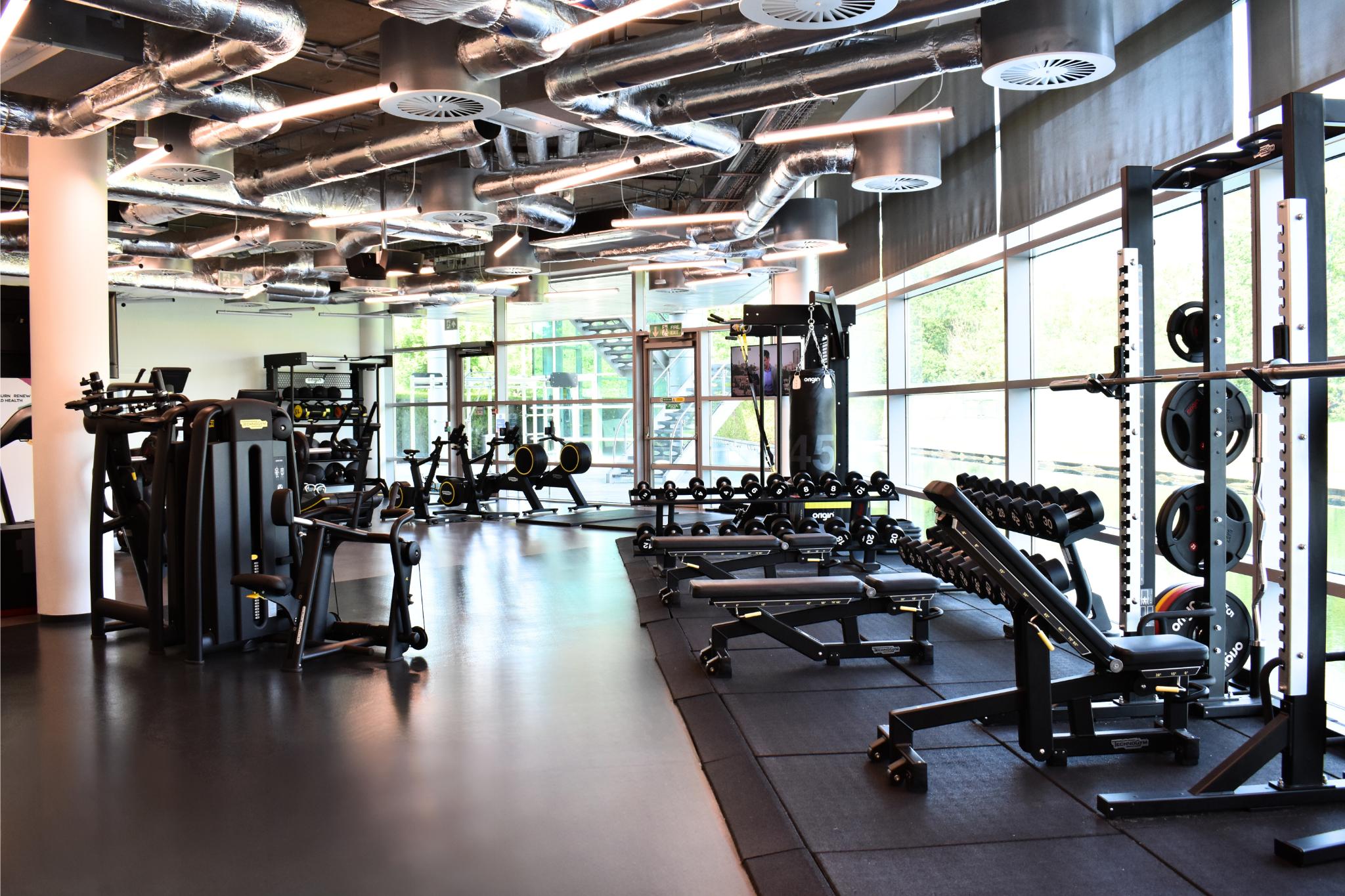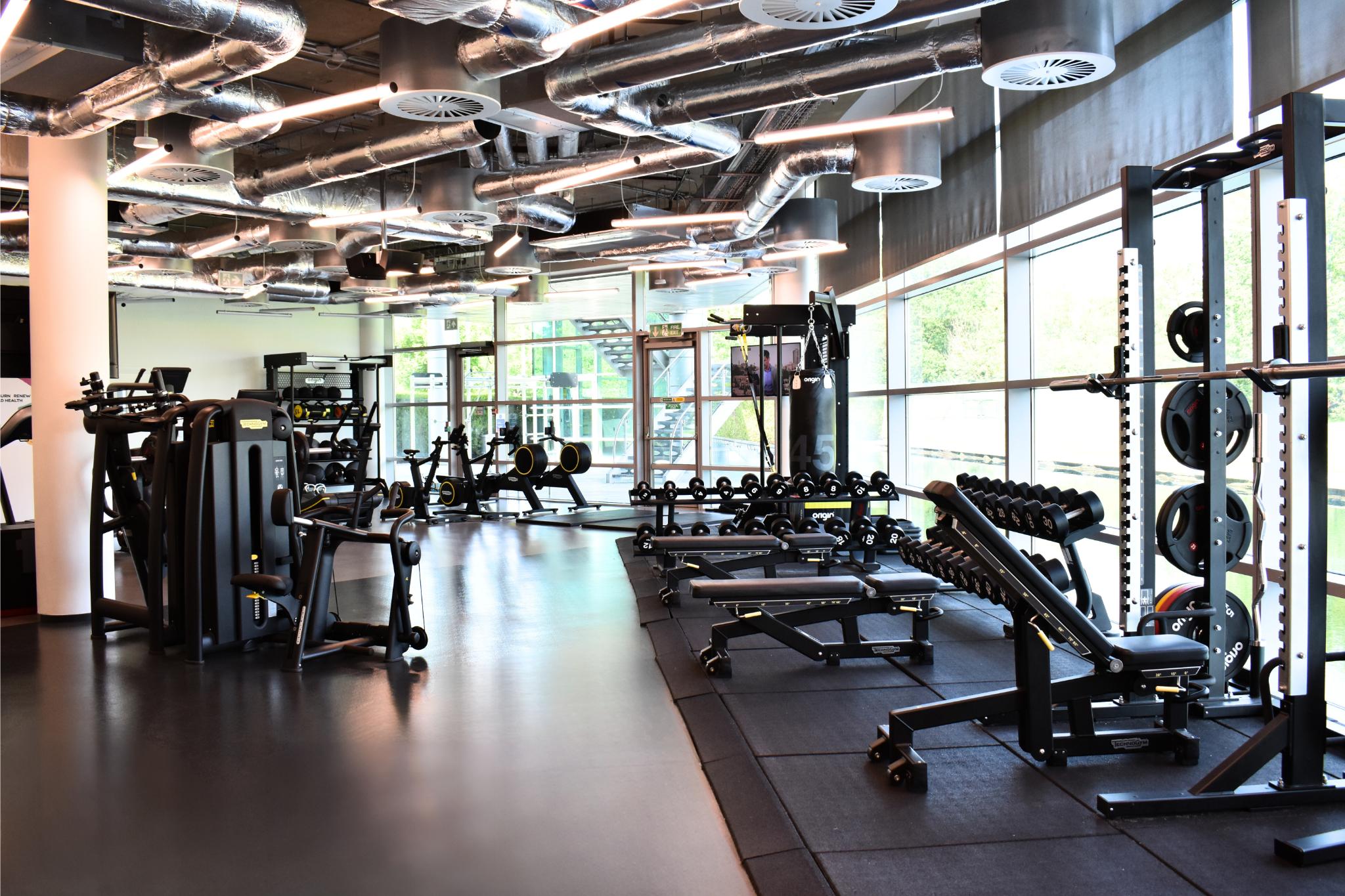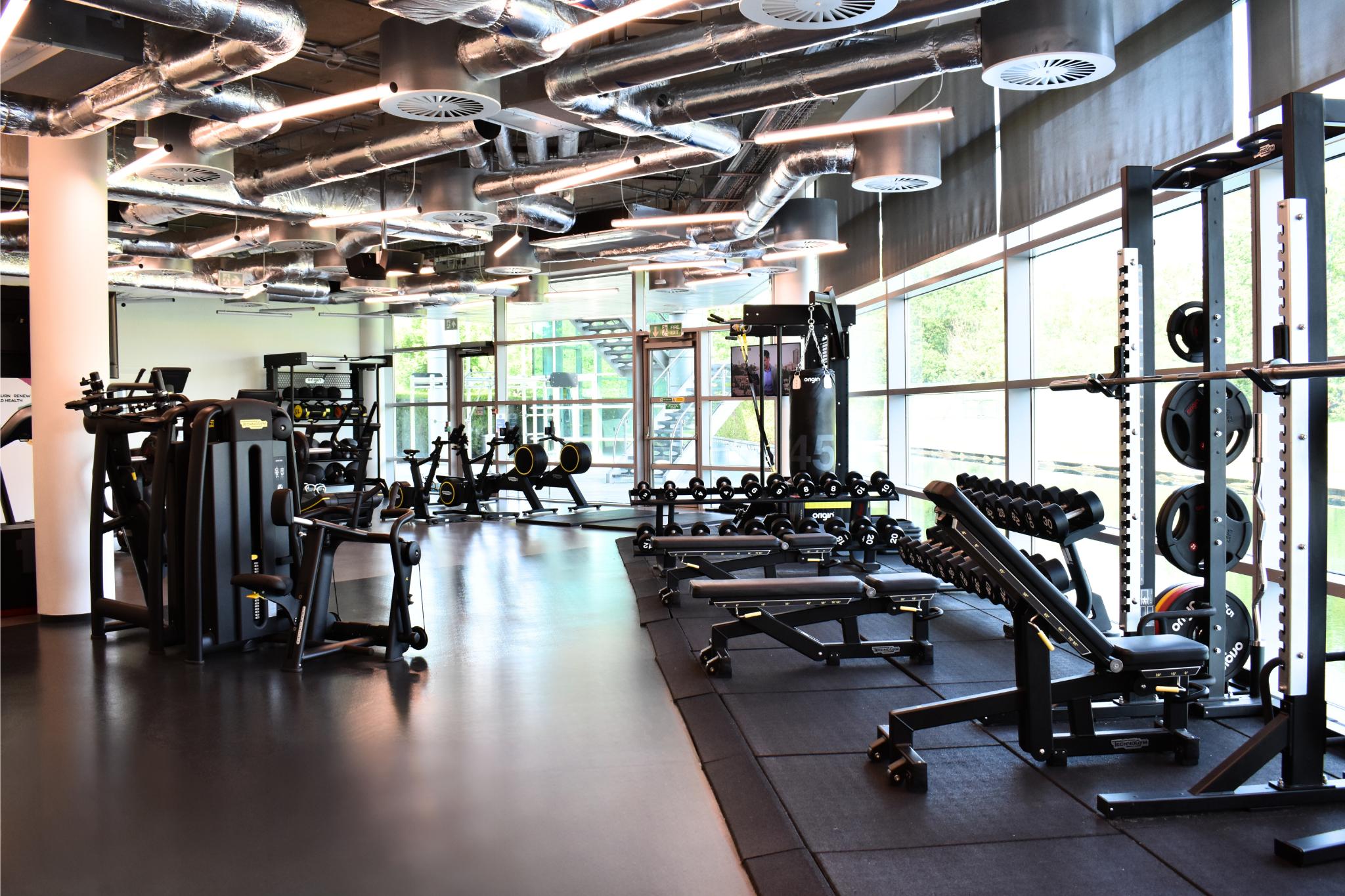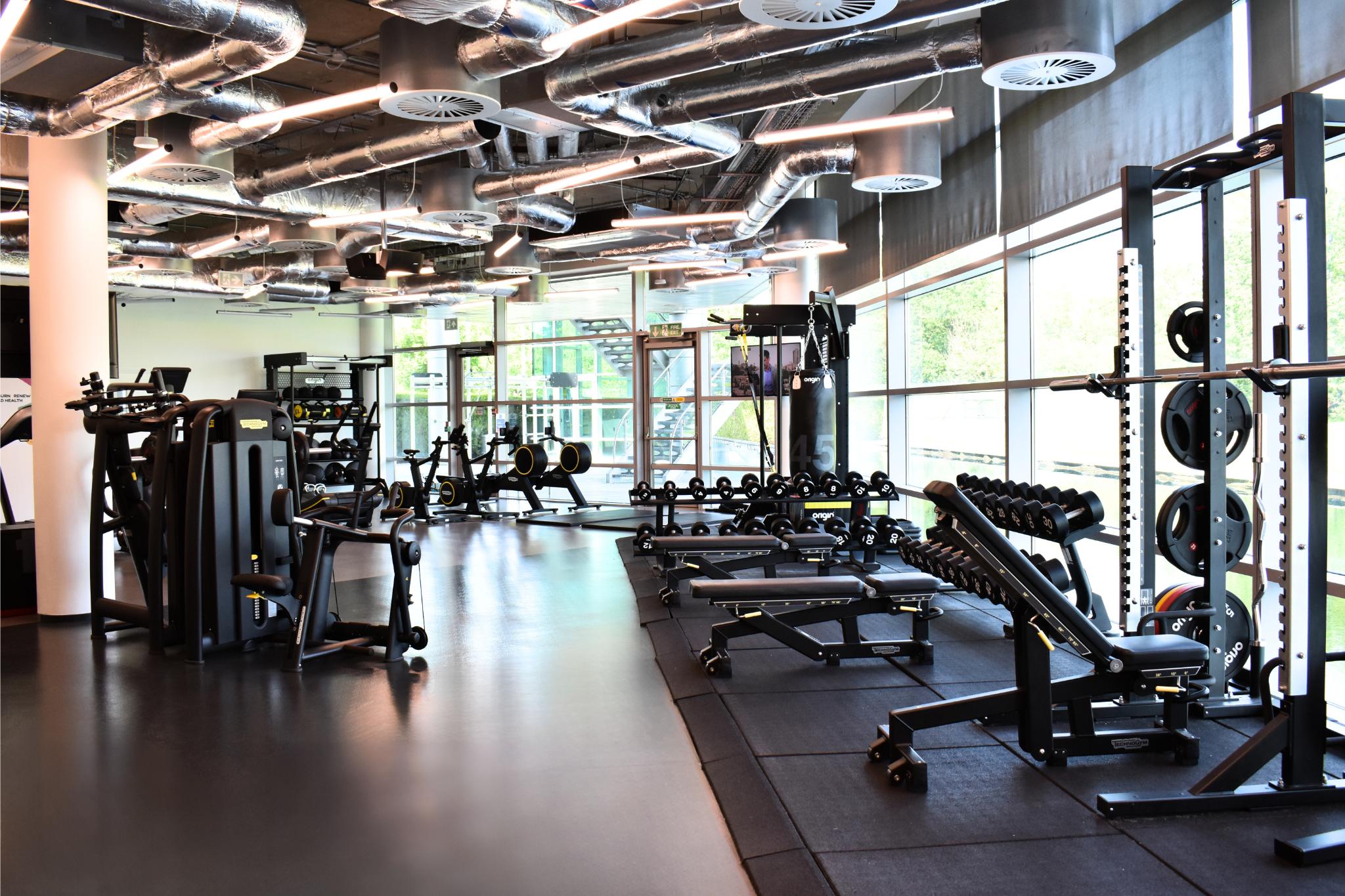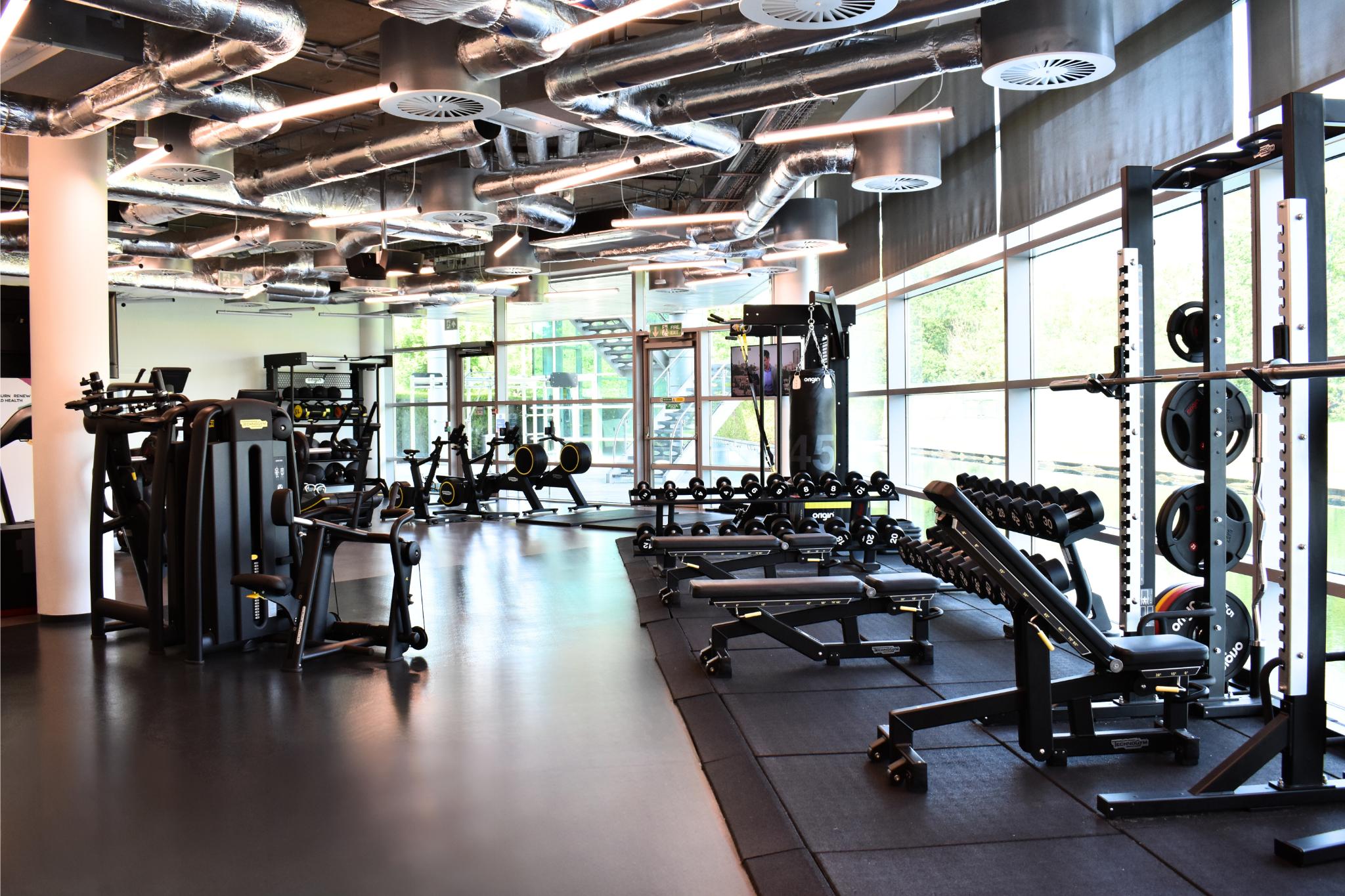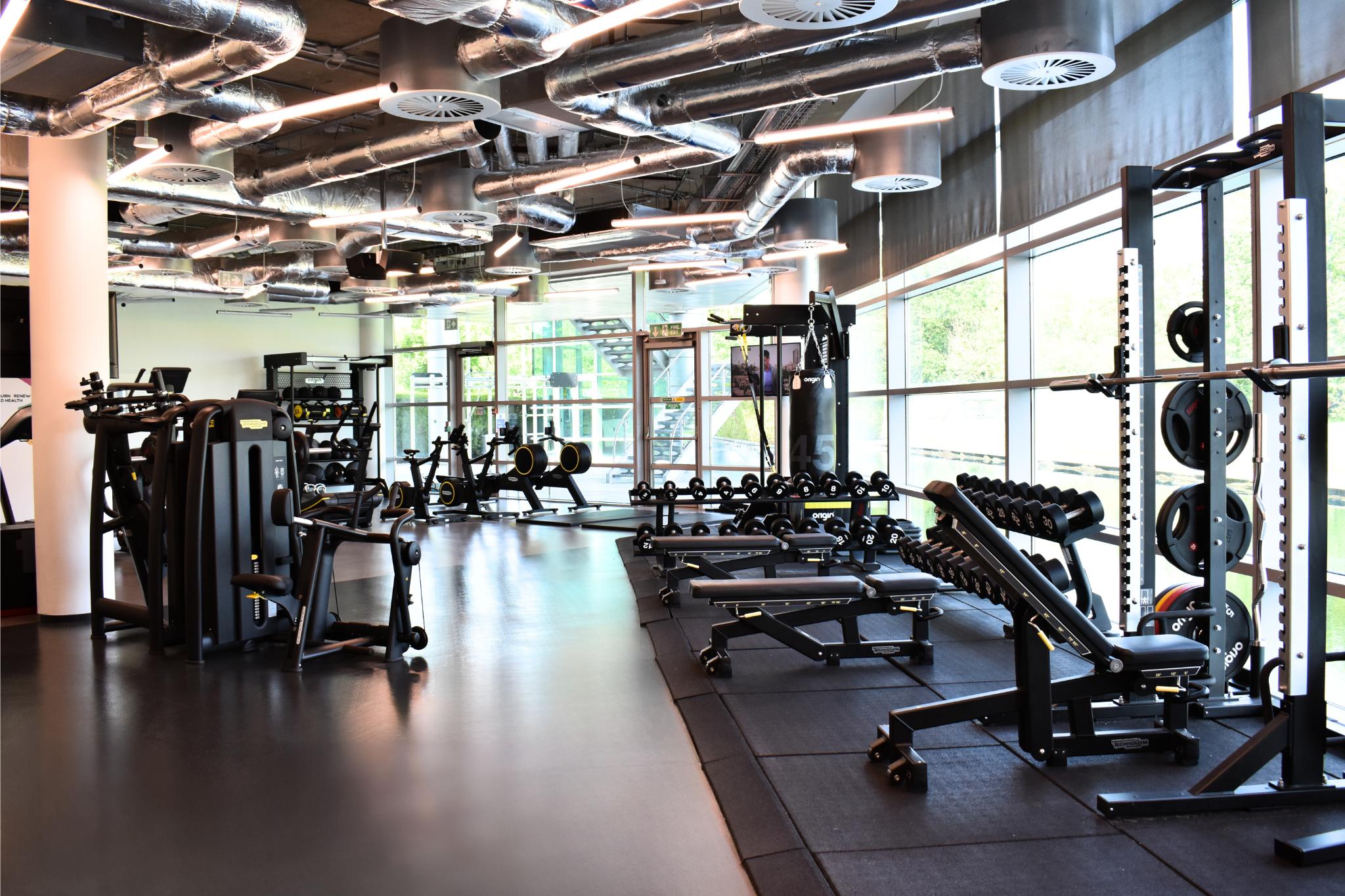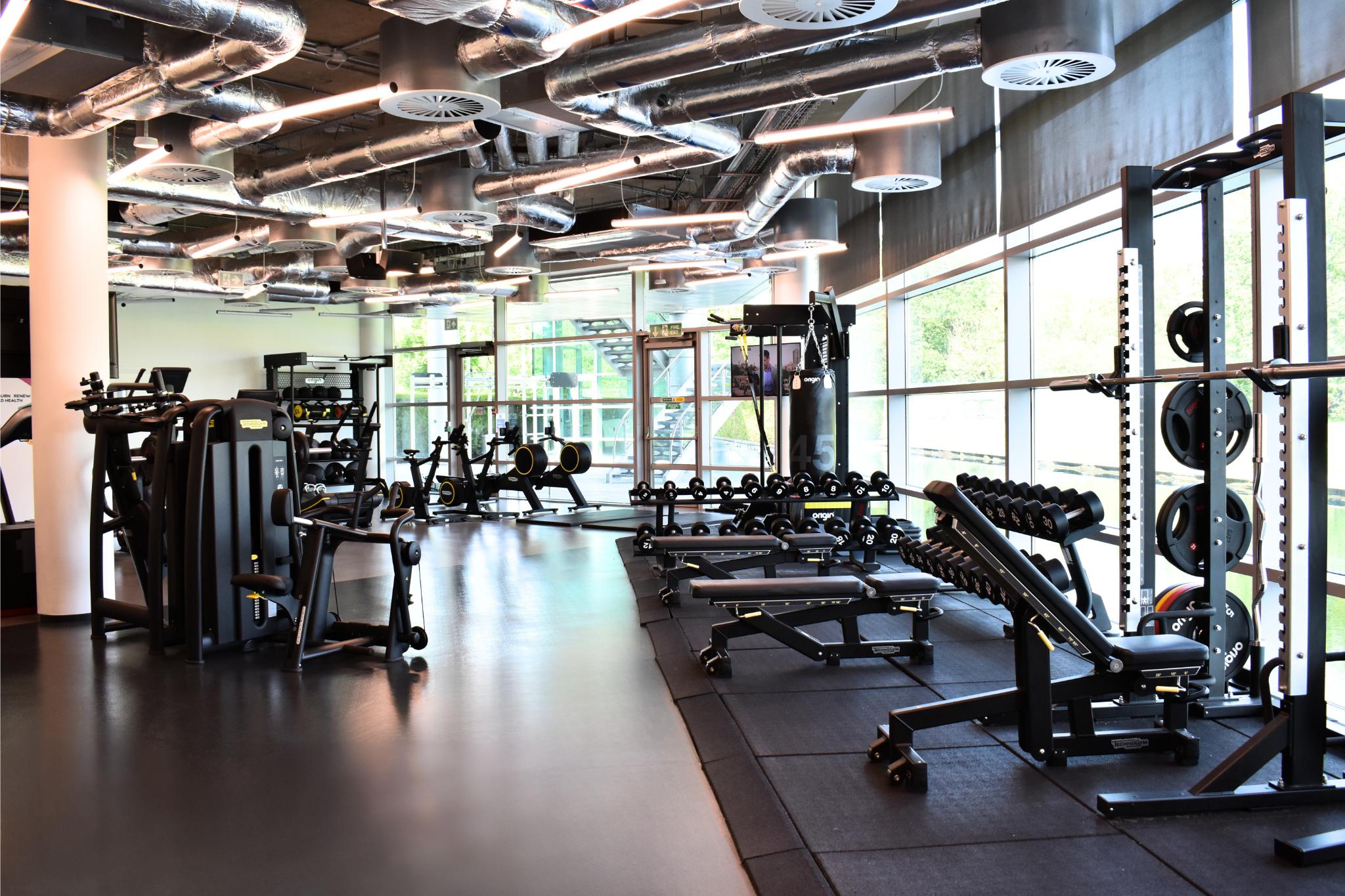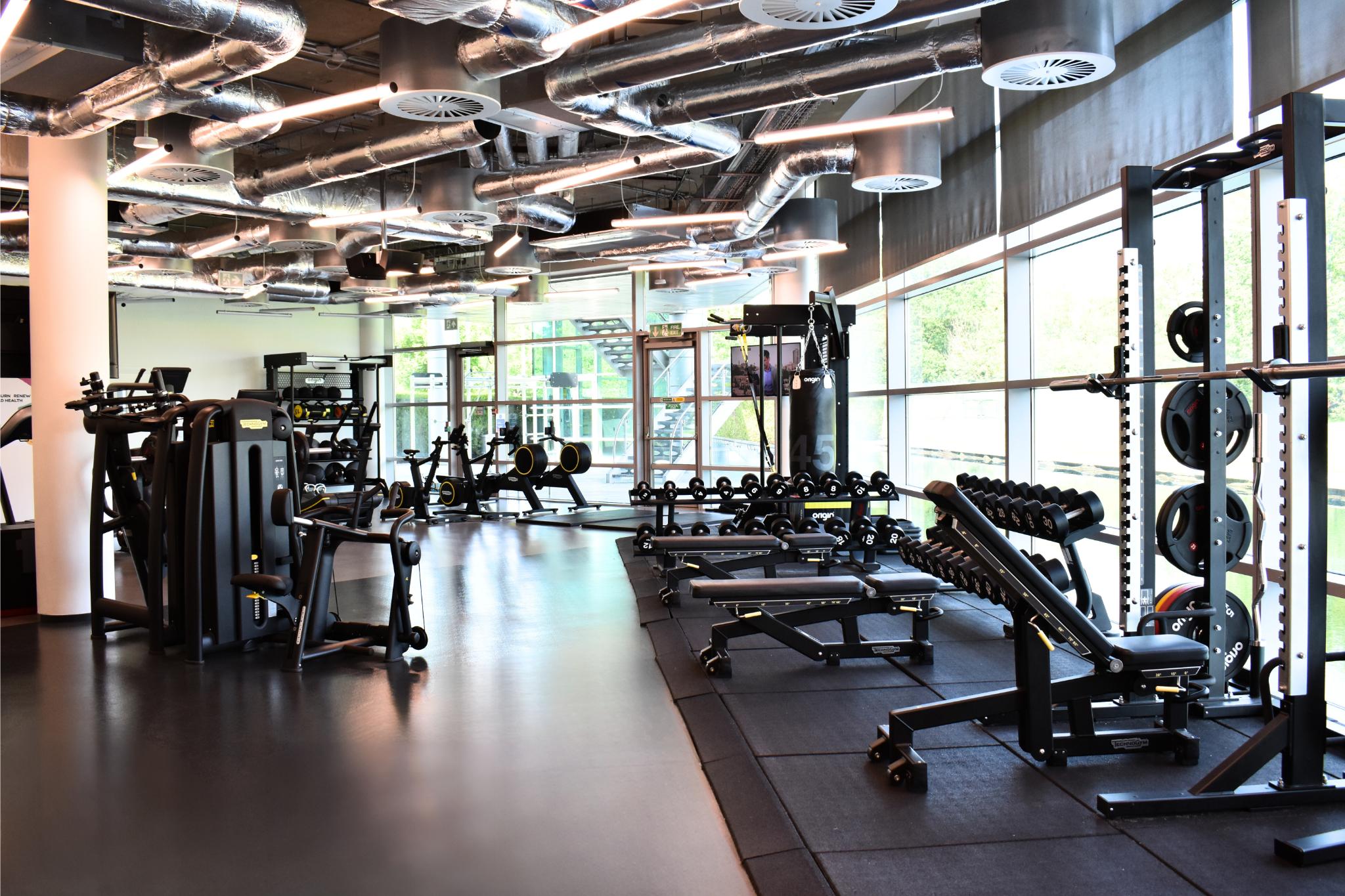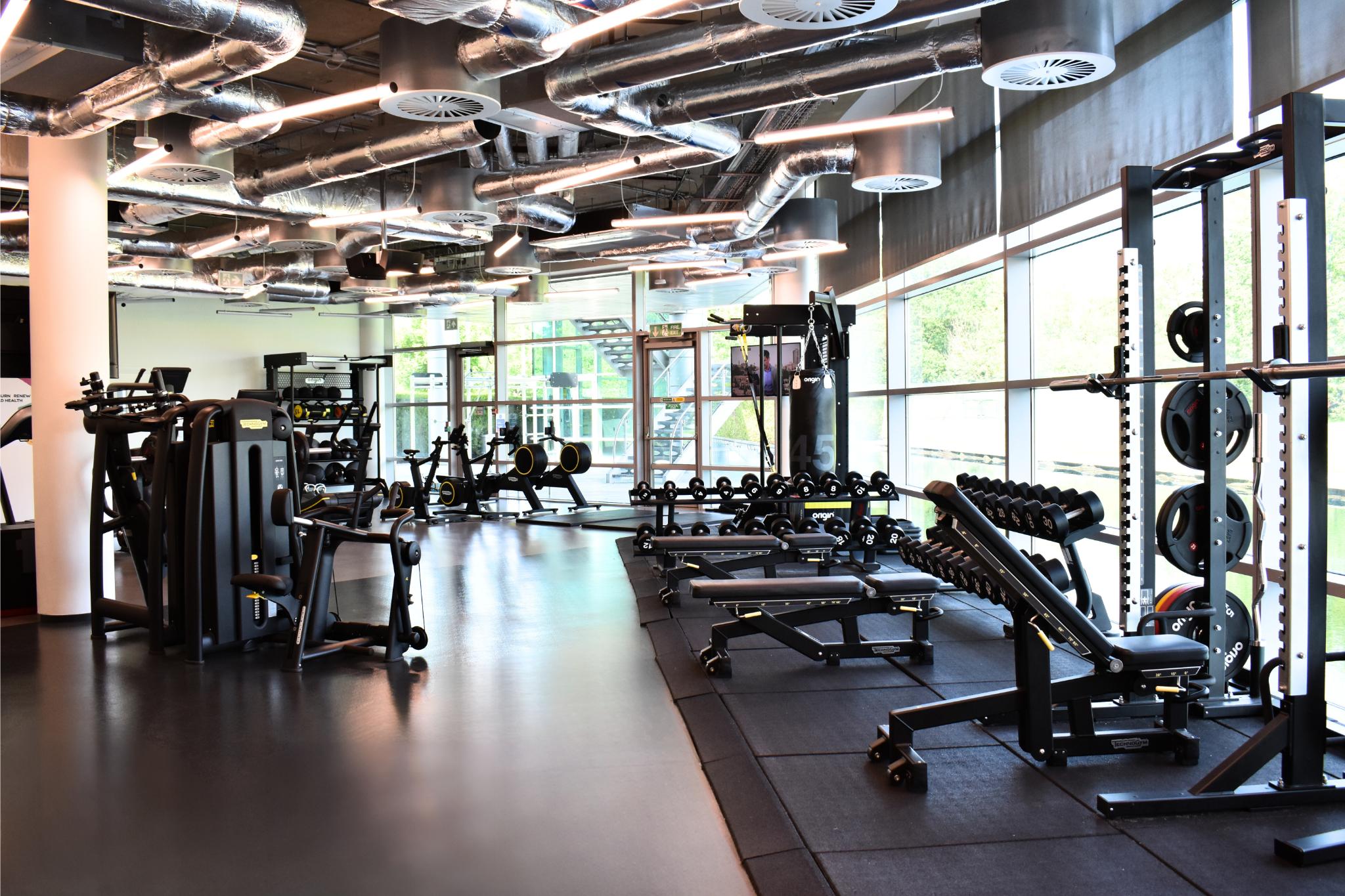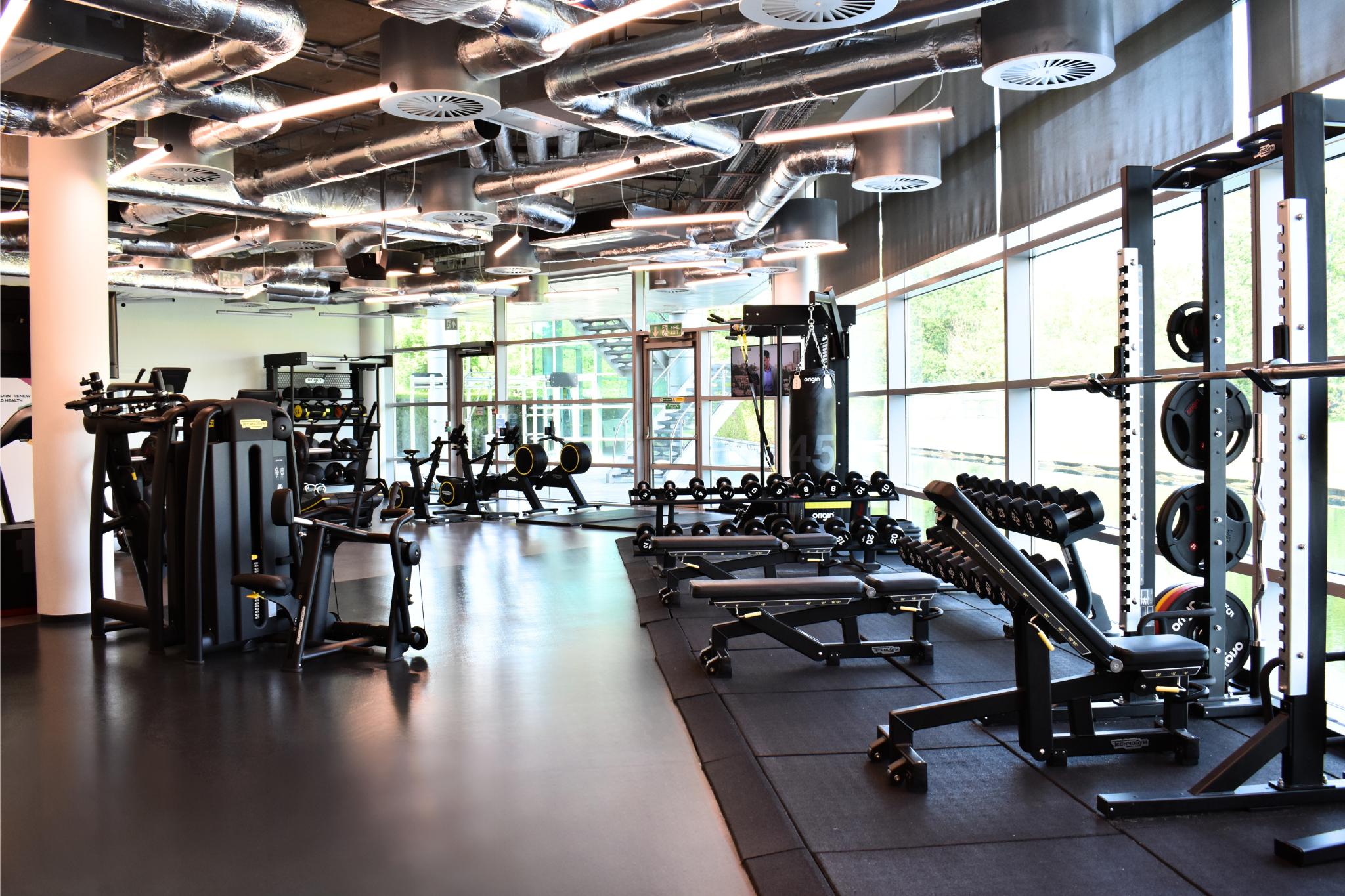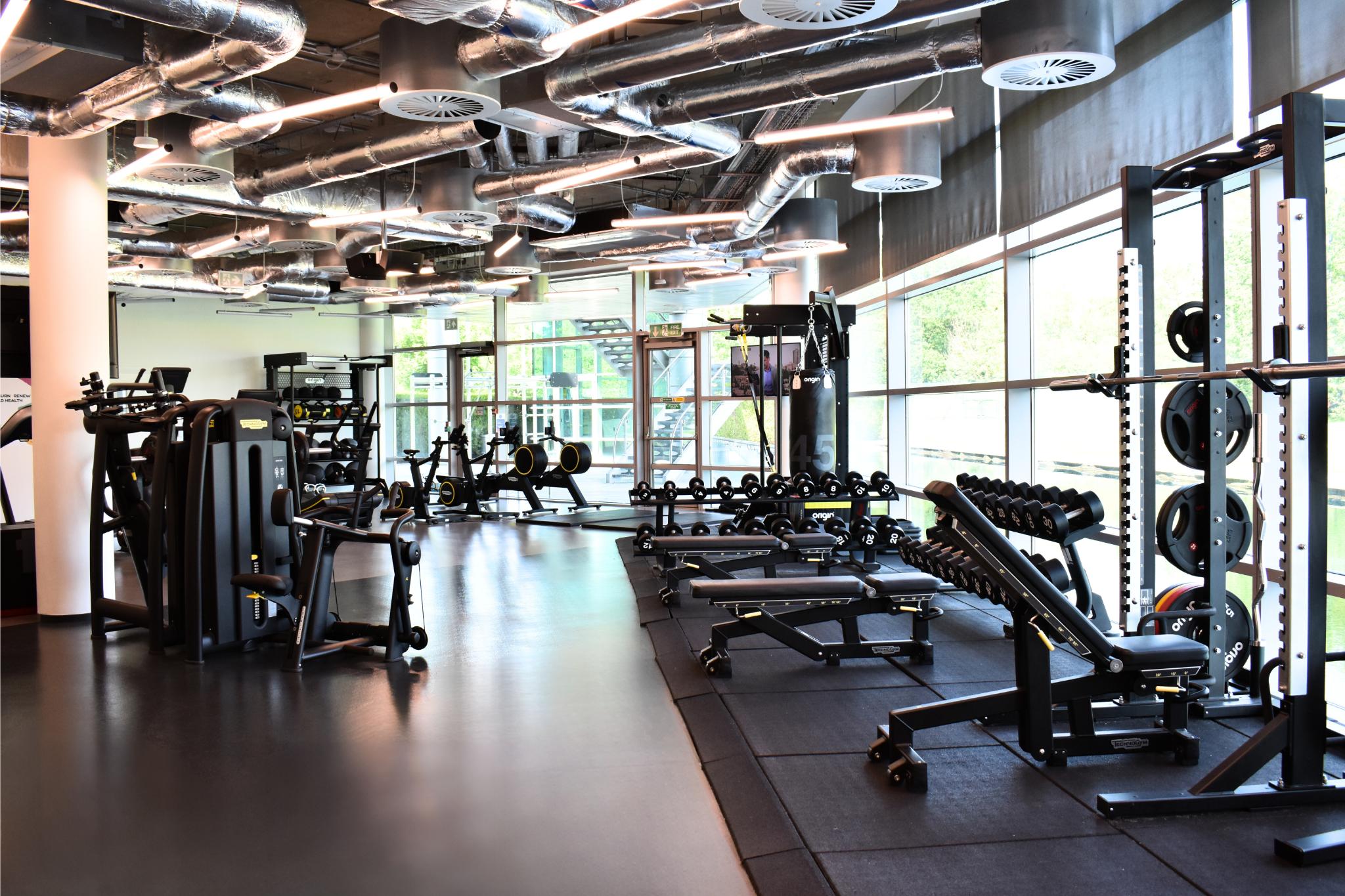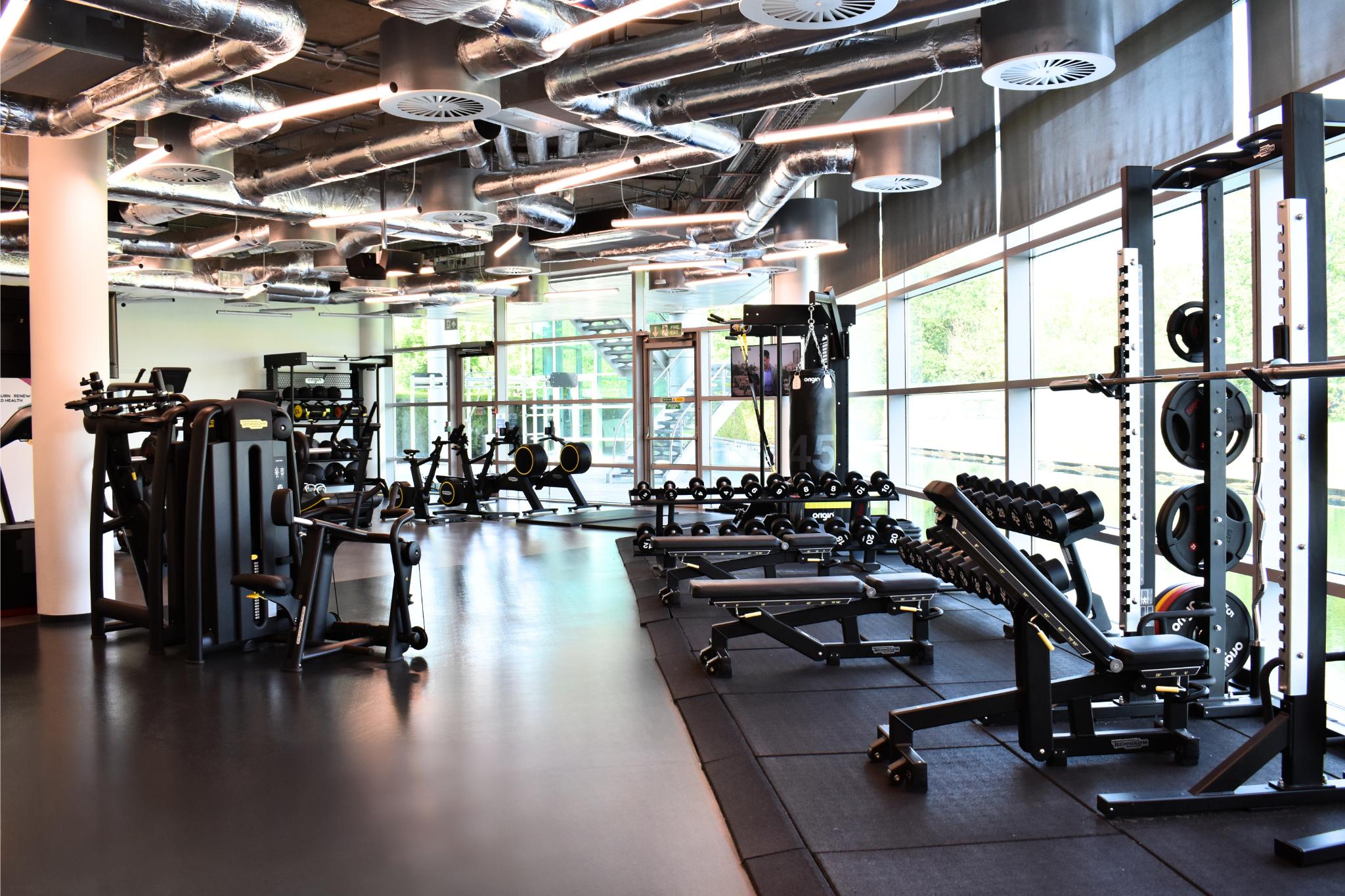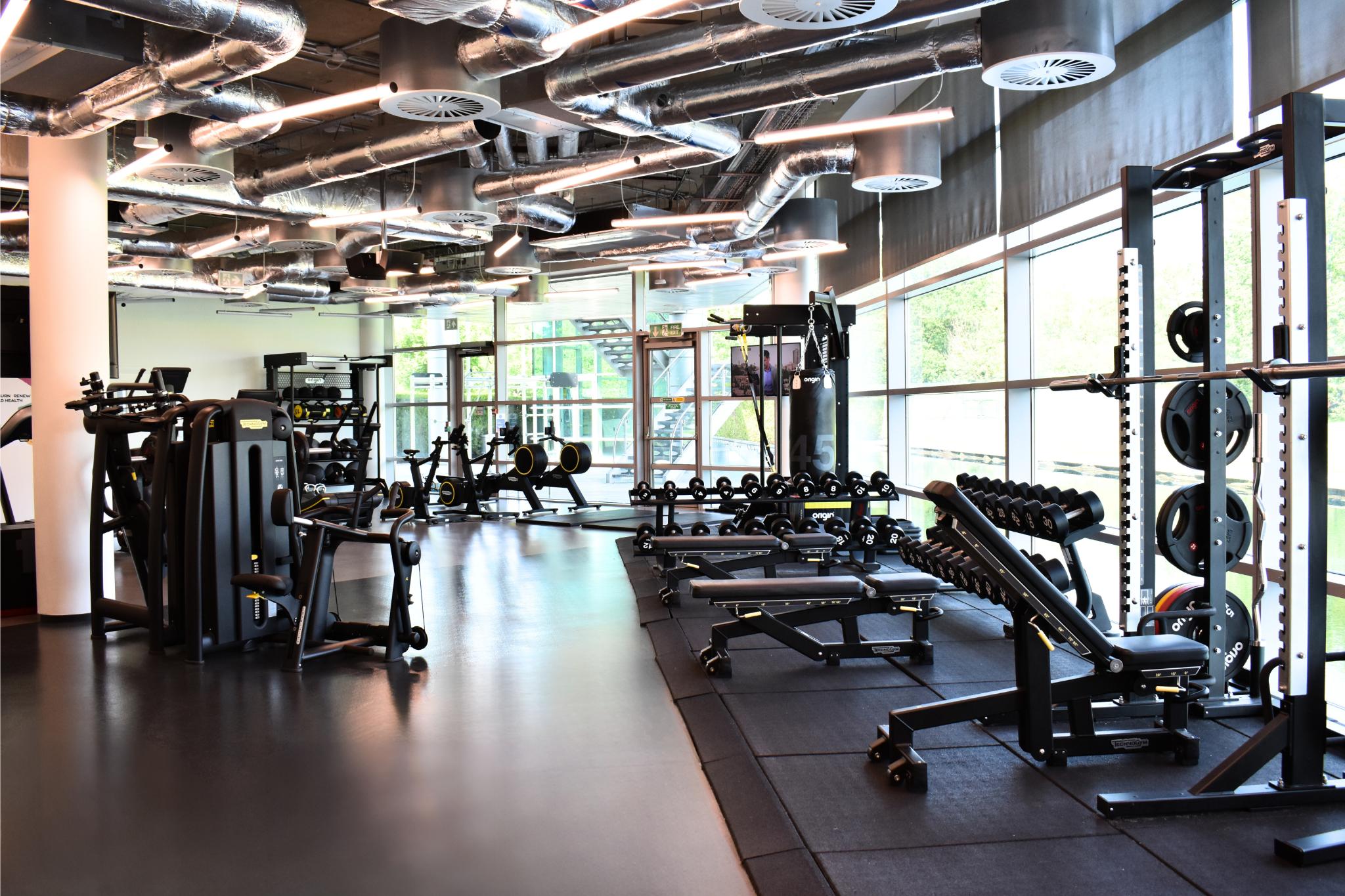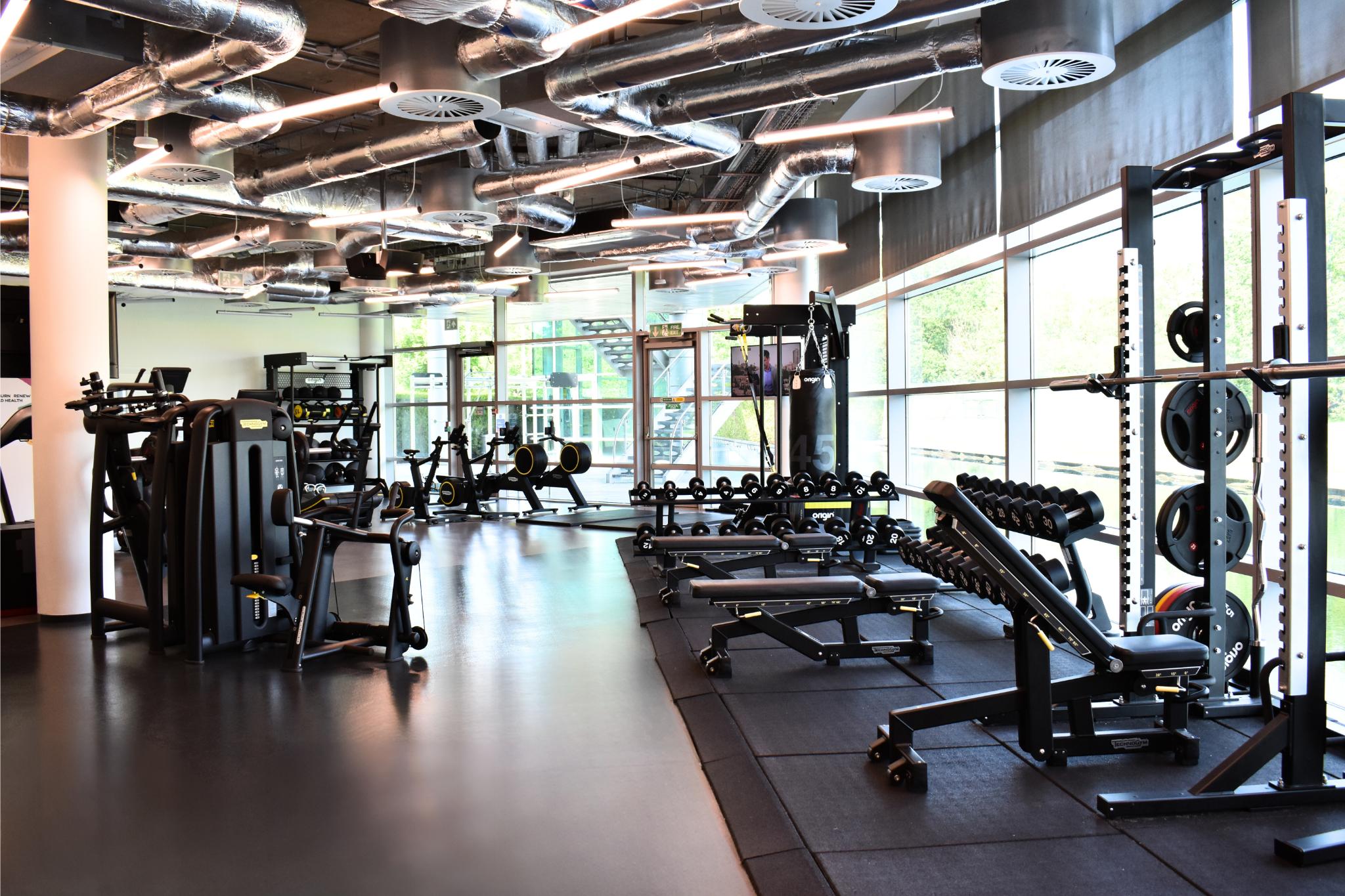Running an independent gym comes with unique challenges and risks that chain gyms and franchises may not face. From equipment malfunctions to me…
Gym Health & Safety Insurance: Essential Protection for Fitness Facilities
Running a gym or fitness facility comes with inherent risks that extend far beyond the typical business concerns. From equipment malfunctions to member injuries, the fitness industry faces unique health and safety challenges that require specialized insurance coverage. Understanding gym health and safety insurance is crucial for protecting your business, members, and staff while ensuring compliance with industry regulations.
Understanding Gym Health & Safety Risks
Fitness facilities operate in a high-risk environment where accidents can occur despite the best safety protocols. Common risks include equipment failures leading to serious injuries, slip and fall accidents in wet areas like changing rooms and pool areas, inadequate supervision during high-intensity classes, and improper equipment maintenance causing mechanical failures.
Member injuries represent one of the most significant exposures for gym owners. These can range from minor strains and sprains to serious injuries requiring emergency medical attention. Equipment-related incidents, particularly involving heavy weights, cardio machines, and specialized fitness equipment, can result in substantial liability claims.
Staff-related risks also pose significant concerns. Personal trainers and fitness instructors face potential professional liability claims if members are injured during supervised sessions. Additionally, workplace injuries to staff members can result in employers' liability claims and potential Health and Safety Executive (HSE) investigations.
Essential Health & Safety Insurance Coverage
Public liability insurance forms the foundation of gym health and safety protection. This coverage protects against claims from members who suffer injuries or property damage while using your facilities. Given the physical nature of gym activities, public liability limits should be substantial, typically starting at £2 million but often extending to £5 million or higher for larger facilities.
Employers' liability insurance is legally required and covers claims from staff members injured during work. This includes personal trainers, cleaning staff, maintenance personnel, and administrative employees. The coverage extends to work-related illnesses and injuries that may develop over time due to workplace conditions.
Professional indemnity insurance is crucial for gyms offering personal training, fitness classes, or nutritional advice. This coverage protects against claims alleging professional negligence, inadequate instruction, or inappropriate fitness programs that result in member injuries.
Product liability insurance covers claims related to defective equipment, supplements sold on-site, or other products that may cause harm to members. This is particularly important for gyms that sell fitness equipment, nutritional products, or branded merchandise.
Equipment and Facility-Specific Considerations
Gym equipment requires specialized attention within health and safety insurance policies. Coverage should address mechanical breakdowns that could cause injuries, regular maintenance requirements, and replacement costs for safety-critical equipment. Cardio equipment, weight machines, and free weights all present different risk profiles that insurers evaluate carefully.
Swimming pools and spa facilities, where present, introduce additional complexities including water quality management, slip hazards, and specialized equipment like filtration systems. These areas often require enhanced coverage limits due to the severity of potential drowning incidents and water-related accidents.
Changing rooms and shower facilities present unique liability exposures including slip and fall risks, privacy concerns, and potential criminal activity. Insurance coverage should address these specific areas and the enhanced security measures required to protect members.
Regulatory Compliance and HSE Requirements
Health and Safety Executive compliance is mandatory for all gym operators. Insurance policies should support compliance efforts by covering the costs of HSE investigations, legal representation during enforcement actions, and implementation of required safety improvements.
Risk assessments must be conducted regularly and documented comprehensively. Insurance providers often require evidence of systematic risk management including equipment inspection schedules, staff training records, and incident reporting procedures.
Fire safety regulations are particularly stringent for gyms due to occupancy levels and the presence of electrical equipment. Insurance coverage should include fire risk assessments, emergency evacuation procedures, and business interruption protection in case of fire damage.
Staff Training and Certification Coverage
Qualified instruction is essential for gym safety, and insurance policies should reflect the importance of proper staff certification. Coverage may include protection for gyms that employ certified personal trainers, group fitness instructors, and specialized activity leaders.
Continuing education requirements for staff should be supported through insurance provisions that recognize ongoing training investments. Some policies offer premium reductions for gyms that exceed minimum qualification requirements for their instructors.
First aid certification and emergency response training are typically required for gym staff. Insurance coverage should address the liability associated with emergency medical response and the requirement for trained first aid personnel to be present during operating hours.
Specialized Activity Coverage
High-intensity training programs, including CrossFit-style workouts, martial arts, and combat sports, require enhanced coverage due to increased injury risks. These activities often involve specialized equipment and techniques that present unique liability exposures.
Group fitness classes present distinct risks including overcrowding, inadequate supervision ratios, and participants with varying fitness levels attempting the same exercises. Insurance should address instructor liability and facility capacity management.
Youth programs and children's activities require additional safeguarding considerations including enhanced background checks for staff, specialized supervision ratios, and coverage for activities involving minors.
Business Interruption and Operational Risks
Equipment breakdown coverage is essential for gyms heavily dependent on specialized fitness equipment. When key machines are out of service, member satisfaction and revenue can be significantly impacted. Coverage should include repair costs, replacement equipment, and loss of income during downtime.
Utility failures can severely impact gym operations, particularly for facilities with pools, saunas, or climate-controlled environments. Business interruption insurance should cover losses resulting from power outages, water supply issues, or heating and cooling system failures.
Infectious disease coverage has become increasingly important following recent global health events. Policies should address closure requirements, enhanced cleaning costs, and revenue losses due to capacity restrictions or temporary shutdowns.
Member Contract and Waiver Considerations
While liability waivers provide some protection, they cannot eliminate all legal exposure. Insurance coverage should complement waiver agreements by providing protection when waivers are deemed unenforceable or insufficient to cover the full extent of claims.
Membership agreement terms should align with insurance policy conditions to ensure consistent protection. This includes activity restrictions, age limitations, and supervision requirements that may affect coverage validity.
Data protection concerns arise from member information storage, payment processing, and health data collection. Cyber liability insurance should address potential breaches of member personal information and the associated notification and remediation costs.
Claims Management and Prevention
Incident reporting procedures should be established and consistently followed to support insurance claims and demonstrate proactive risk management. Immediate documentation of accidents, near-misses, and equipment issues helps insurers assess claims fairly and may prevent minor incidents from escalating.
Regular safety audits and equipment inspections should be conducted and documented to demonstrate ongoing commitment to member safety. Many insurers offer premium discounts for gyms that implement comprehensive safety management systems.
Member communication about safety expectations, proper equipment use, and facility rules helps reduce accident frequency and demonstrates reasonable care in the event of claims.
Cost Factors and Premium Considerations
Insurance premiums for gyms are influenced by multiple factors including facility size, membership numbers, types of activities offered, and claims history. Larger facilities with diverse activity offerings typically face higher premiums due to increased exposure.
Location factors including local crime rates, natural disaster risks, and proximity to emergency services can impact insurance costs. Urban facilities may face different risk profiles compared to suburban or rural locations.
Safety record and claims history significantly influence premium calculations. Gyms with strong safety records and minimal claims may qualify for experience-based discounts, while facilities with frequent claims may face higher premiums or coverage restrictions.
Choosing the Right Insurance Provider
Specialized fitness industry insurers often provide more comprehensive coverage and better understanding of sector-specific risks compared to general commercial insurers. These providers typically offer tailored policies that address the unique exposures faced by gym operators.
Policy flexibility is important as gym operations evolve and expand. Insurance providers should offer the ability to adjust coverage limits, add new activities, and modify terms as business needs change.
Claims handling expertise in fitness industry matters can significantly impact the resolution of complex liability claims. Providers with experience in gym-related claims are better positioned to defend against frivolous lawsuits and negotiate fair settlements for legitimate claims.
Conclusion
Gym health and safety insurance represents a critical investment in business protection and member welfare. The complex risk environment of fitness facilities requires comprehensive coverage that addresses equipment risks, member injuries, staff liability, and regulatory compliance requirements.
Successful gym operators recognize that insurance is not merely a regulatory requirement but a fundamental business tool that enables confident operation in a high-risk industry. By working with specialized insurers who understand fitness industry exposures, gym owners can secure appropriate protection while focusing on providing safe, effective fitness services to their members.
The investment in comprehensive health and safety insurance coverage pays dividends through reduced financial exposure, enhanced member confidence, and the ability to respond effectively to the inevitable challenges that arise in fitness facility operations.


 0330 127 2333
0330 127 2333
